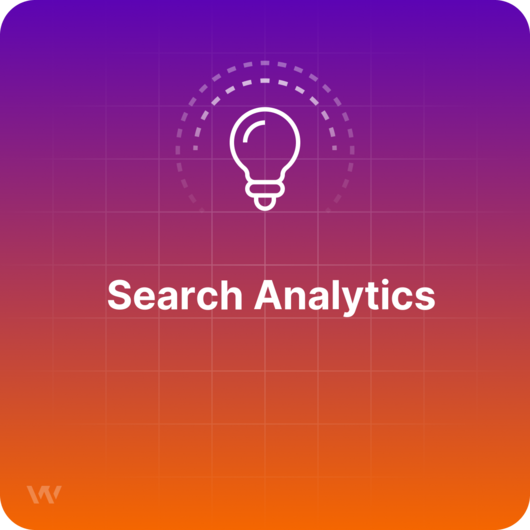Search Analytics

TL;DR
Search analytics is an instrument which gives an overview of how a website is performing in search results. Namely, it provides data on how people are accessing the website and what search query people used to click through the website. The statics resulted in using search analytics can help to improve website performance.
About search analytics
Search analytics represents the use of search evidence to examine singular connections between online seekers, the search engine or the content during searching chapters. In this way, the webmaster can see how the website is performing, analyzing detailed charts and graphs. The results and insights obtained from search analytics can be used to improve search engine marketing (SEM) and search engine optimization (SEO).
Advantages of search analytics
If it is well used, search analytics can provide very useful insights about the website.
Firstly, it investigates the correlations between searches and actions of users on the website, it offers the possibility to find keywords that drive traffic to websites and to identify new keywords and content ideas for pages. Also, it helps in determining how well a page is optimized and in discovering differences between desktop and mobile performance.
On the other hand, using search analytics for a website provide search volume trends and charts. Therewith, it can be very useful when an ad is going to be created because it offers the advertisement history, multivariate ad testing and ad spending statistics.
How is data collected?
There are many ways the search analytics data can be collected. Search analytics websites collect the data from scraping search engines, from ISP’s, or from phoning home software. Also, there are search engines that provide access to their data with services (Google, for example).
Advertisements differ depending on where the user is searching, so data collection methods use the geographic location when they want to target people.

